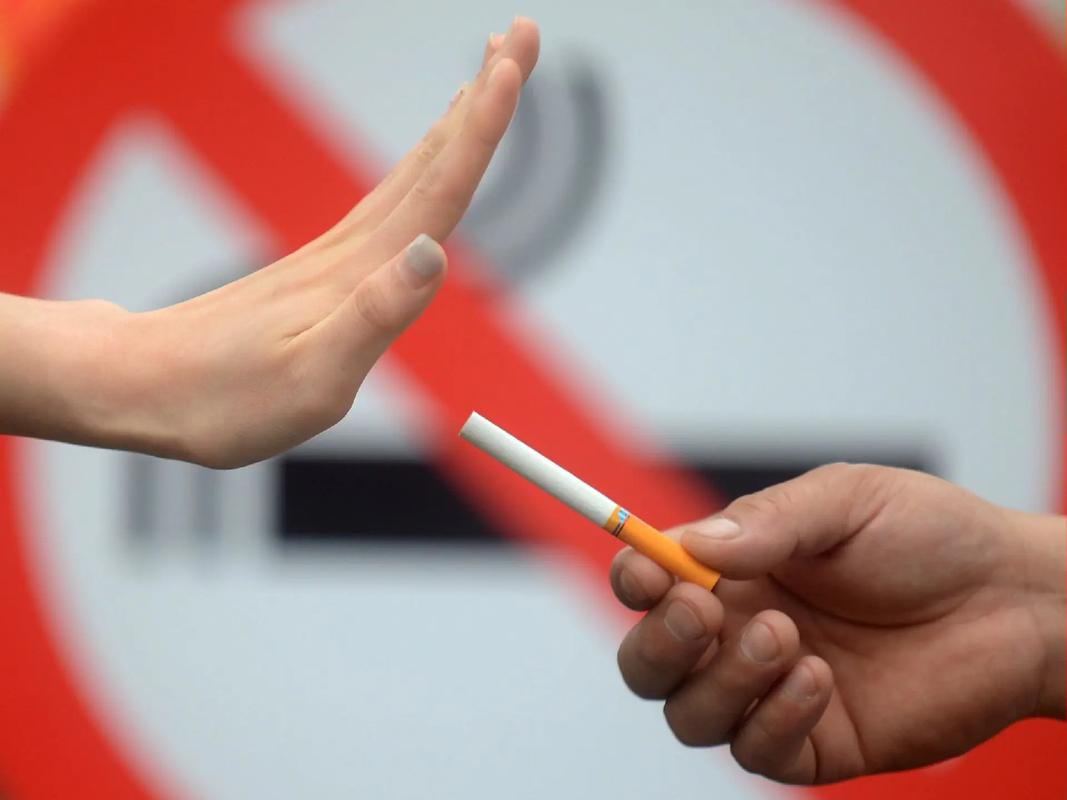The Unseen Damage: How Tobacco Use Worsens Nail Layering and Compromises Total Nail Health
We often discuss the well-known dangers of tobacco, such as its impact on our lungs and heart. But the effects of smoking and tobacco use creep into the most unexpected places, including the very tips of our fingers. If you've been struggling with brittle, peeling, or layered nails and can't figure out the cause, your habit might be the silent culprit. The connection between tobacco and nail layering is a significant yet frequently overlooked aspect of personal health. This isn't just about yellow stains; it's about the fundamental structure of your nails being compromised from the inside out.

To understand how tobacco aggravates nail layering, we first need to grasp what a healthy nail is. Your nails are not just inert coverings; they are complex structures made of a protein called keratin. The nail matrix, the hidden part under the cuticle, is the engine room where new nail cells are produced. For this process to work correctly, the matrix requires a constant, rich supply of oxygen and essential nutrients delivered through your bloodstream. Any disruption to this supply chain directly affects the quality, strength, and integrity of the new nail growth.
This is precisely where tobacco inflicts its damage. The primary mechanism is twofold: vascular constriction and chemical poisoning.
Firstly, nicotine is a potent vasoconstrictor. This means it causes the tiny blood vessels throughout your body, including those feeding the nail matrix, to narrow and tighten. Imagine slowly pinching a garden hose; the flow of water reduces to a trickle. Similarly, nicotine reduces blood flow to the nail bed. The result is that the nail matrix becomes starved of the oxygen and vital nutrients it desperately needs to produce strong, unified layers of keratin. The new nail growth that emerges is, therefore, fundamentally weaker from its very origin, making it highly susceptible to splitting, peeling, and layering.
Secondly, tobacco smoke contains a cocktail of thousands of toxic chemicals, including cyanide, formaldehyde, and arsenic. When you inhale smoke, these toxins enter your bloodstream. As the compromised blood flow finally reaches the nail matrix, it carries these harmful substances with it. These toxins can directly interfere with the keratinization process—the proper hardening and alignment of nail cells. They disrupt the natural bonds between the keratin layers, leading to a disorganized and fragile nail plate. This is the core reason behind tobacco-induced nail keratin damage. The nail doesn't just grow weak; it grows structurally flawed.
The visual signs of this internal damage are clear. The most common issue is onychoschizia, the medical term for the horizontal layering and peeling of the nail plate. You might notice that your nails flake off in thin layers, never seeming to grow to a respectable length without splitting. This nail plate separation from smoking is a direct physical manifestation of the weakened bonds between nail layers. Furthermore, the lack of blood flow can cause the nails to become pale or develop a yellowish, brownish, or even greyish tint—a far cry from the healthy pink of well-oxygenated tissue. This effect of smoking on fingernail color is more than cosmetic; it's a sign of tissue distress.
Many people notice that their nails become dry and brittle. Healthy nails contain a small amount of moisture that lends them flexibility. The toxins in tobacco and the overall systemic dehydration it causes can leach this moisture out, making nails dry, hard, and incredibly prone to breaking. This creates a perfect storm for preventing brittle nails from tobacco use, as the problem is continuously being fed with every cigarette.
The problems can extend beyond simple layering. Chronic oxygen deprivation can lead to a condition called clubbing in some long-term smokers, where the fingertips enlarge and the nails curve excessively around the tips. While not layering itself, it's another stark indicator of the profound systemic impact tobacco has on the entire digital extremity.
Now, you might be wondering, "Are there any solutions or ways to reverse nail damage from smoking?" The most effective, non-negotiable answer is to quit tobacco entirely. This is the single most powerful step you can take for improving nail health after quitting tobacco. The moment you stop smoking, your body begins to repair itself. Blood vessels start to relax and open up, restoring proper circulation to your nail matrix. The constant influx of toxins ceases. Within a few weeks to months, as the new, healthier nail grows out from the matrix, you will begin to see a noticeable difference. The new growth will be stronger, less prone to layering, and gradually regain its natural color.
While quitting is the ultimate cure, you can support your nail health during the process. Here are some strategies for managing nail layering caused by smoking:
- Intense Moisturization: Regularly massage a thick, nutrient-rich cream or oil into your nails and cuticles. Look for ingredients like jojoba oil, shea butter, and vitamin E. This helps combat the dryness and brittleness from the outside.
- Protect Your Hands: Wear gloves when doing dishes, cleaning, or gardening. Constant exposure to water and chemicals can further dehydrate and weaken already vulnerable nails.
- Gentle Nail Care: Avoid harsh metal files and opt for a fine-grained glass or emery board. File in one direction only, as sawing back and forth can cause micro-tears that worsen layering. Keep nails trimmed short to minimize the risk of snagging and peeling.
- Nourish from Within: Support your body's recovery with a balanced diet rich in biotin (found in eggs, nuts, and salmon), protein (the building block of keratin), and vitamins A, C, and E. Staying well-hydrated by drinking plenty of water is also crucial.
- Be Patient: Remember that a full nail regrowth takes between 4 to 6 months. You won't see changes overnight, but every day without tobacco is a day your body is working to grow a healthier nail.
It's also vital to distinguish the effects of tobacco from other potential issues like fungal infections or psoriasis. If you observe thickening, crumbling, or a crumbly texture, it's best to consult a dermatologist for an accurate diagnosis.
In conclusion, the link between tobacco use and aggravated nail layering is undeniable and physiologically sound. It's a problem rooted in suffocation and poisoning at a cellular level. Your nails are a barometer of your internal health, and their layered, brittle state is a clear message from your body. Addressing this isn't just about achieving prettier nails; it's about acknowledging a systemic problem and taking the brave step to correct it. By choosing to quit, you are not only investing in your long-term vital organ health but also directly enabling the restoration of strong, healthy, and resilient nails, free from the frustrating cycle of peeling and layering.













